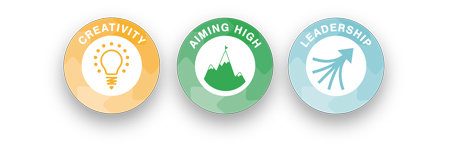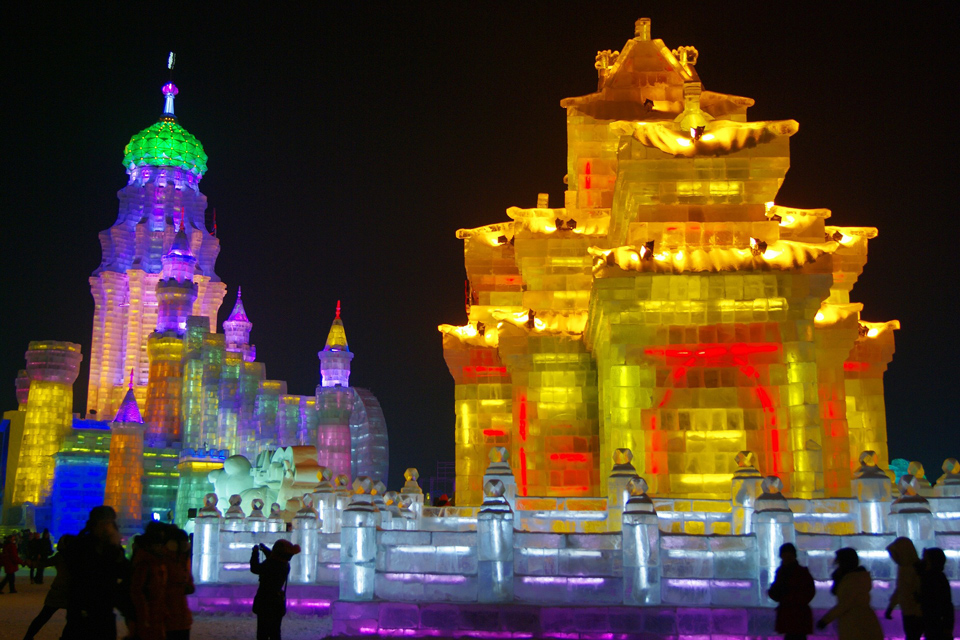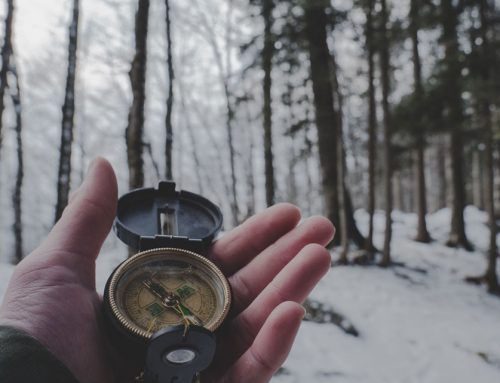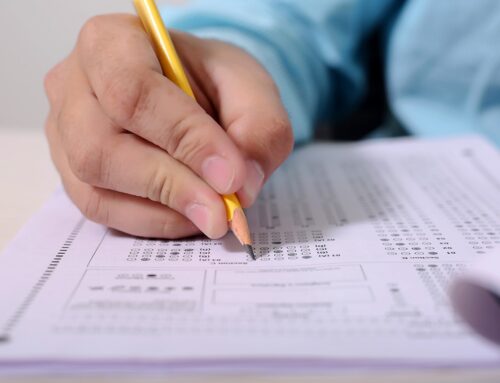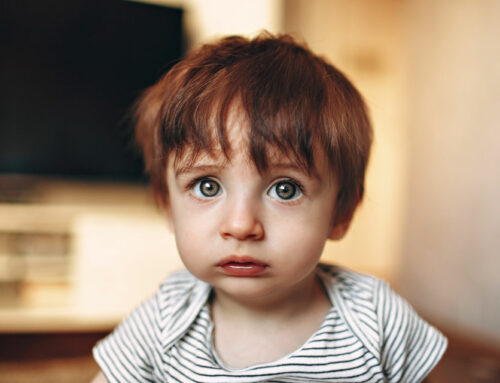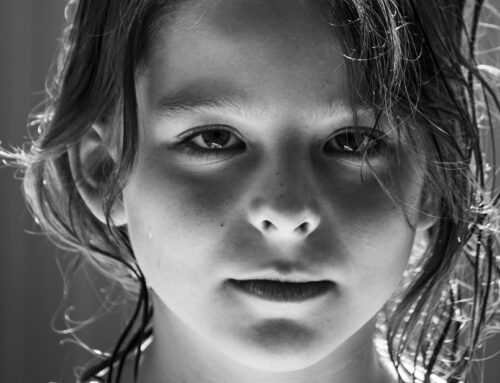An ice-cool easy way to boost creative thinking skills while you get up to speed with the experts.
“The Nobel Prize winner Linus Pauling said: ‘The best way to get a good idea is to get a lot of ideas’. – If you think of lots of ideas, you’ll have more choice to choose the best ones to develop. So how can you generate lots of ideas?”
This question is posed by Potential Plus UK in their advice sheet Developing Creative Thinking Skills, PA701. As the leading charity supporting the needs of families and educators of children with high learning potential, Potential Plus UK is keen to stimulate the minds of all young learners, particularly those with exceptional abilities.
One of the suggested ways is to “Go for a burst! Go for an intense burst of ideas concentrating on quantity over a short time. Don’t try to qualify or judge them – capture any ideas no matter how silly or bizarre.” This notion of ‘going for a burst’ is a simple one that can be fun and welcomed by children of all ages and in any random, off-the-cuff moment, such as waiting in a queue or on a long car journey. Parents and educators of bright children can feel that there is never a moment when the young person’s brain has down-time, so it can be useful to have fun, constructive activities ‘up your sleeve’.
Whereas this factsheet also supports more complex models from experts such as Edward de Bono and teacher/author Molly Potter, gifted young people don’t need to have an extraordinary imagination to be a candidate for building their creative thinking skills. Advice sheet PA513 Creativity and High Learning Potential Children, also from Potential Plus UK, explains ways to demonstrate and develop creativity and reassures that “even if it does not come naturally; it is an [incredibly important] lifelong skill which children can call upon time and time again in a variety of situations […] by seeing connections, being flexible, wanting to innovate and having a desire to change things for the better.”
For support in building creative thinking skills, you may wish to consult one of the above advice sheets, follow up the suggested resources, or link through to another well-known system such as Bloom’s Higher Order Thinking Skills (see factsheet PA320 Blooms Revised Taxonomy).
Easy Starter
As an easy starter and for children of all ages, even toddlers, you could ‘go for a burst’ on any topic that comes up in chat, play or the world around you. Have a conversational brainstorm of topics, thoughts and questions to do with literally anything!
For Example: Ice.
If the weather is cold, nature creates ice… How? (Fact and fable). What for? What might various animals think about it? What does a child with high learning potential think, feel, wonder or wish about ice? Is it fun or useful? Or untrustworthy and….how many other adjectives can they find?
How does ice form naturally? What if the formation of ice could be predicted because of a certain smell or sound? The Met Office has a brilliant set of information at https://www.metoffice.gov.uk/weather/learn-about/weather/types-of-weather/frost-and-ice and includes a link describing ‘ice pancakes’! What might these be? Let imaginations run wild…and then see if these things might really exist, in what far corner of the world and if they would be like a huge platter (https://www.bbc.co.uk/news/uk-scotland-north-east-orkney-shetland-46757826) or more like thick ‘Yorkshire puddings’, (https://www.bbc.co.uk/news/uk-scotland-north-east-orkney-shetland-30530281)..?
What about other shapes? Eggs? (These images are sure to provoke questions and creative thinking; https://www.bbc.co.uk/news/world-europe-50338447). What mythical snow dragon laid these…?
Another property of ice would be…what? Possibly the ‘chink’ sound it can make in wintry nature or in an ice cube plopped into a summer drink. If a high potential learner were to write a magical story, what might they imagine makes this sound? Is the ice alive? It certainly has the strange property of being able to go from liquid to solid – and then change state back again!
What other things can return to their original state? Is it useful or a weakness? What Superhero could they invent who would use that property?
To throw something new at the sound of the ice, how about making instruments out of ice shapes? Ice Music Festivals can be used to prompt unusual discussion. And what about our ancestors? Might they have formed instruments this way to celebrate or communicate across distances?
Some modern-day annual celebrations of ice and snow are awe-inspiring, from adrenaline-fuelled climbing at the Ouray Ice Festival (http://ourayicepark.com/ouray-ice-festival) in Canada, to China’s vast and stunningly beautiful Harbin International Ice Snow Sculpture Festival (https://en.wikipedia.org/wiki/Harbin_International_Ice_and_Snow_Sculpture_Festival). The enormous multi-site, multi-themed Sapporo Snow Festival in Japan (https://www.snowfes.com/english/) has run since 1950 when local school children created a display of six ice and snow sculptures.
Even though these events have already been ‘created’, it takes highly creative thinkers to conceive the new physical challenges, musical arrangements, light shows and towering multi-storey sculptures that keep these festivals fresh and inspiring every year. Throwing aside logic and practicalities, what can young people with high learning potential come up with to add a new ‘wow factor’ to an existing ice-cool spectacle? Or maybe to create a revolutionary new event, even if the idea is beautifully simple, like those students did back in 1950?
